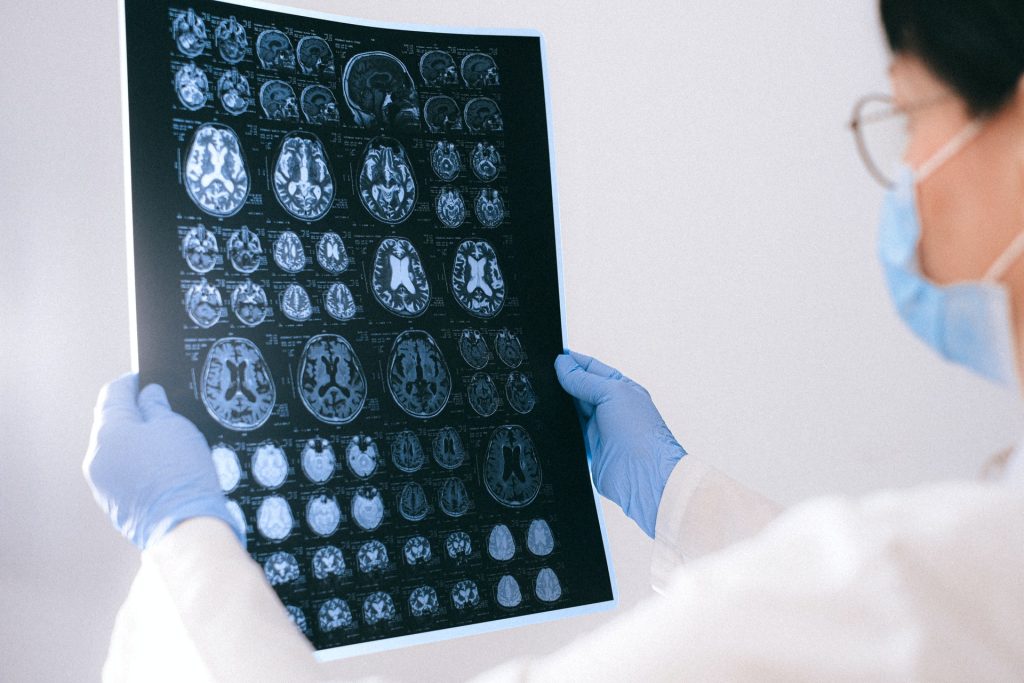Oxford’s New Malaria Vaccine is ‘World Changing’

A malaria vaccine developed by Oxford University has been described as “world changing” following its successful trial in children in Burkina Faso. Their results of their double-blind randomised controlled trial were published yesterday in The Lancet Infectious Diseases.
The researchers had previously reported that in children, the R21/Matrix-M malaria vaccine reached the WHO-specified goal of 75% or greater efficacy over 12 months.
To test the immunogenicity, and efficacy results at 12 months after administration of a booster vaccination, the researchers conducted a trial was done in children aged 5–17 months in Burkina Faso, who had written informed consent provided by their caregivers. Eligible children were randomised to receive three vaccinations of either 5 μg R21/25 μg Matrix-M, 5 μg R21/50 μg Matrix-M, or a control vaccine (the Rabivax-S rabies vaccine) before the malaria season, with a booster dose 12 months later. Exclusion criteria included any existing clinically significant comorbidity or receipt of other investigational products.
Vaccine safety, efficacy, and a potential correlate of efficacy with immunogenicity, measured as anti-NANP antibody titres, were evaluated over one year following the first booster vaccination. Efficacy analyses were performed for all participants who received the primary series of vaccinations and a booster vaccination.
Between June 2, and July 2, 2020, 409 children returned to receive a booster vaccine, which was the same received in the primary series of vaccinations. R21/Matrix-M had a favourable safety profile and was well tolerated. Vaccine efficacy remained high in the high adjuvant dose (50 μg) group, similar to previous findings at one year after the primary series of vaccinations. Following the booster vaccination, 51% of children receiving R21/Matrix-M with low-dose adjuvant, 39% of children receiving the same but with high-dose adjuvant, and 86% of 140 children who received the rabies vaccine developed clinical malaria by 12 months.
Vaccine efficacy was 71% in the low-dose adjuvant group and 80% in the high-dose adjuvant group. In the high-dose adjuvant group, vaccine efficacy against multiple episodes of malaria was 78%, and 2285 cases of malaria were averted per 1000 child-years at risk among vaccinated children in the second year of follow-up. Among these participants, at 28 days following their last R21/Matrix-M vaccination, titres of malaria-specific anti-NANP antibodies correlated positively with protection against malaria in both the first year of follow-up (Spearman’s ρ –0·32 [95% CI –0·45 to –0·19]; p = 0·0001) and second year of follow-up (–0·20 [–0·34 to –0·06]; p = 0·02).
A booster dose of R21/Matrix-M at 1 year following the primary three-dose regimen maintained high efficacy against first and multiple episodes of clinical malaria. Furthermore, the booster vaccine induced antibody concentrations that correlated with vaccine efficacy. The trial is ongoing to assess long-term follow-up of these participants and the value of further booster vaccinations.
Speaking to BBC News, Prof Katie Ewer said that “this is not like COVID where we have seven vaccines straight away that will work… it’s much, much harder”. This malaria vaccine is the 14th that she has worked on, and it was “incredibly gratifying” to get this far and “the potential achievement that this vaccine could have if it’s rolled out could be really world-changing”.
The Oxford-developed vaccine shares similarities with the current, approved malaria vaccine from GSK: both target the first stage of the parasite’s lifecycle by intercepting it before it can establish itself in the liver.
The vaccines use a combination of proteins from the malaria parasite and the hepatitis B virus, but the Oxford vaccines has a more malaria proteins, which may help the immune system to focus on malaria rather than the hepatitis.
The trial is continuing for a further 2 years to assess both the potential value of additional booster vaccine doses and longer-term safety.





